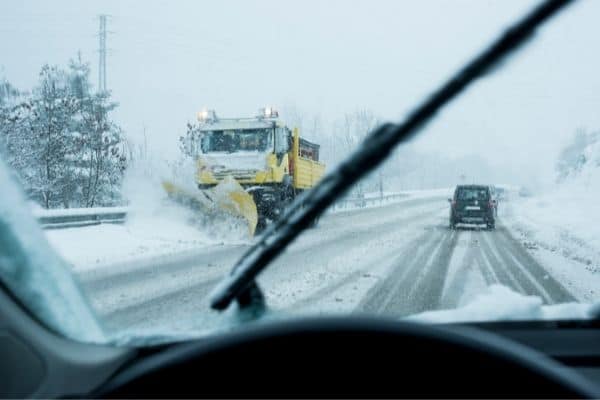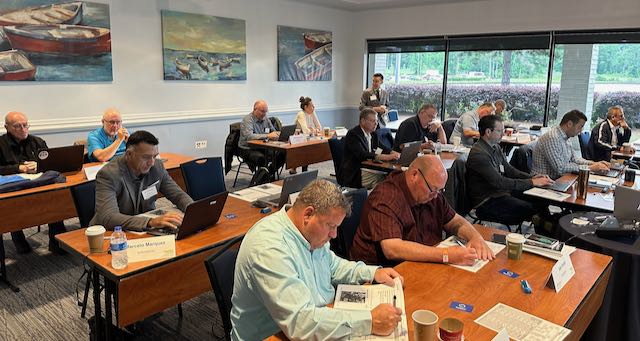Is Your Equipment Ready for Winter? (Heat Tracing)

Time to Heat Trace Your Equipment

In Knoxville, it’s a beautiful Fall day, and I normally would not be thinking about heat tracing. After all, in Tennessee, we still have vegetables to harvest in the garden. But winter will be here soon. And where you are, it may be cold already. Or, you may be way down south and think that winter is just a northern experience. But don’t forget the disaster in Texas…
CLICK HERE for an article from Chemical Engineering World about heat tracing your pipes.
And here is a video from the CSB about dead legs and preparing for subfreezing weather…
Learn More About Using Troubleshooting & Root Cause Analysis to Improve Equipment Reliability
Keeping your equipment reliable is important to any maintenance department’s goals. Need something to help you improve equipment performance? Try Equifactor® Troubleshooting and TapRooT® Root Cause Analysis. Equifactor® Troubleshooting was developed from Heinz Bloch’s experience in the petrochemical industry. TapRooT® Root Cause Analysis was developed from Mark Paradies’ experience in the Nuclear Navy and DuPont, as well as his knowledge of human factors. The Equifactor® Techniques and Training have been continuously improved by Ken Reed and Justin Clark (both Navy Nuke submariners).
To learn more about Equifactor® Training, CLICK HERE.
To register for an upcoming public Equifactor® Course, CLICK HERE.
To schedule an Equifactor® Course at your site, call us at 865-539-2139 or CLICK HERE.




